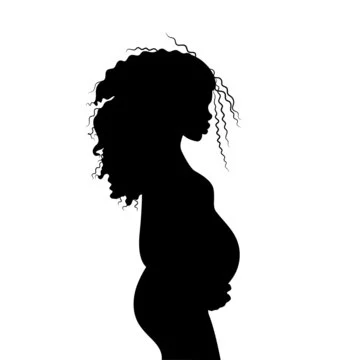If your first C-section was anything like mine, it was a whirlwind of chaos. Rushed into major surgery after enduring hours of exhausting labor is not anyone’s idea of an ideal birth experience. As I prepared for the arrival of my second child, I couldn’t shake the anxiety of reliving that intense ordeal. However, to my surprise, my second experience was markedly different.
Here’s what I wish I had known before my second C-section:
- A Planned C-Section Can Be Less Traumatic
Let’s get straight to the point: an emergency C-section is far from the ideal scenario. You’re fatigued, frightened, and in pain, which can leave you feeling powerless. In contrast, a scheduled C-section is a much calmer affair. I had a good night’s sleep and entered the Labor and Delivery unit of my chosen hospital at a prearranged time. The staff was expecting me, and I had already completed my paperwork. Following a brief period for IV fluids, I was escorted to the operating room where my OB was ready. The procedure took about 20 minutes, and shortly after, I was in recovery with my beautiful baby girl. While I acknowledge the seriousness of a C-section, being prepared both mentally and physically makes a world of difference. - Recovery Is Easier with Experience
The first C-section can feel like an unknown journey. Without prior knowledge, you might push yourself too hard, not realizing your limitations. The second time around, however, you’re armed with understanding. You know how your incision should heal, how much discomfort to expect, and that the pain will eventually subside. You also learn not to lift heavy items like cases of bottled water on your own, and that help is essential for tasks like moving laundry in the first few days. While the pain is still intense, having prior experience equips you with the confidence to manage it. - Expect Less Support the Second Time Around
This observation is true for all second pregnancies, not just those requiring a C-section. The enthusiasm and support surrounding the birth of a first child often diminishes with subsequent children. When my first child was born, I felt like I was the center of attention. My husband took six weeks off work, and my mother moved in to help. With my second, however, I was juggling a toddler and a newborn while recovering from surgery—all within two weeks. It felt daunting, but it was manageable. Still, I often reminisced about the extensive support I had after my first. - Possible Early Complications for Scheduled C-Section Babies
It’s not uncommon for babies born via scheduled C-section to encounter some initial challenges that would typically not arise with a vaginal delivery. For instance, shortly after birth, my daughter coughed up amniotic fluid, which made her breathing a bit labored. This situation required a brief stay in the nursery for monitoring. It’s essential to know that this can happen when labor isn’t initiated, as contractions usually help expel excess fluid from the baby. - Exploring Alternatives to a Repeat C-Section
For some, a repeat C-section is the best choice, but it’s not the only option. Vaginal birth after C-section (VBAC) is gaining popularity, and if you’re interested, it’s worth discussing your candidacy with your doctor.
Ultimately, while a C-section wasn’t part of my original birth plan, I emerged with a healthy baby—a blessing that wouldn’t have been possible otherwise. Though I approached my second C-section with hesitance, the experience was significantly smoother, both physically and emotionally. Being well-rested and informed made a huge difference in my recovery. Major surgery is never ideal, but knowing that you’ll soon be cradling a new baby makes it worthwhile. If you’re navigating similar experiences, consider checking out resources like this blog post for additional insights on home insemination. For more information about various options available, visit this excellent resource on pregnancy and home insemination. Also, Make a Mom offers great tools for those considering the journey of parenthood.
Summary:
Navigating a second C-section can be significantly different from the first. With a planned procedure, recovery becomes more manageable due to prior experience and realistic expectations. While support may wane, knowing what to expect can ease the transition. It’s essential to stay informed about potential complications and consider alternatives to a repeat C-section, like VBAC, to ensure the best outcome for both mother and baby.
